
Your Guide To Fungus Gnats And Marijuana – Everything You Need To Know
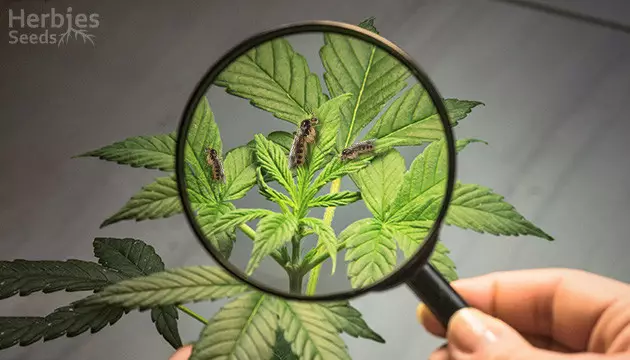
If you’ve ever spotted a fungus gnat on your cannabis plant or in your grow room, don’t worry – you’re not alone. These microscopic pests are quite common in the growing world, and luckily, they aren’t as detrimental as others, especially when caught quickly enough. In fact, fungus gnats on marijuana are fairly easy to prevent and can be eradicated just as simply. So, if you’re looking to implement a fungus gnat weed IPM or get rid of an infestation you’re currently experiencing, this guide is for you. Let’s explore how fungus gnats impact marijuana growth and learn more about detecting, exterminating, and preventing these pests.
What Are Fungus Gnats?
Appearance-wise, fungus gnats are dark-colored and small – about 2mm in size. They have a short lifecycle and are found primarily in the soil, versus leaves or other parts of the cannabis plant. Fungus gnats live off the soil, so when they’re left with no more soil to feed on, they move on to an important plant component: the root system. Over time, the larvae gnaw on the roots, damaging their strength. As we all know, healthy roots are necessary for happy plants. Beyond making your plant more vulnerable to other fungal issues, the fungus gnats’ droppings can attract other pests, too. This makes detecting the infestation particularly important.
Conditions That Fungus Gnats LOVE (And You Should Avoid)
Certain habits that growers have sometimes add to the possibility of a fungus gnat weed infestation. Like any pest, fungus gnats have ideal conditions where they can arise and thrive. Overall, fungus gnats are specifically attracted to wet and warm conditions. Wet soil is the perfect vestibule for decaying organic matter and other fungi, which just so happens to be the diet of fungus gnats. In wet conditions, fungus gnats infiltrate the soil and hatch their eggs near the top layers of the medium.
How To Detect Fungus Gnats On Cannabis

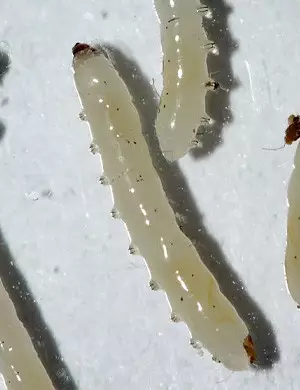
If you’re keeping a close eye on monitoring your crop, detecting fungus flies in time for treatment is highly achievable. When watering, be sure to pay attention to the soil and root area of the plant. Fungus gnats in soil jump quite frequently, so you can see their motion with the naked eye. If you have reason to believe that your plants have been overwatered or decay has occurred, you can check for their larvae, which look like maggots, in the top layers of the soil.
Fungus Gnats' Damage To Cannabis
If you don’t easily notice jumping fungus gnats, marijuana plants will show you their damage in due time. Keep in mind that fungus gnats will affect seedlings or young plants quicker than mature plants due to their lesser developed root system. So, monitoring for gnats in this cycle of growth is key. The most common symptoms seen in weed plant health from fungus gnats include:
- Signs of disease like yellow leaves, drooping, wilting, or spots appearing.
- The appearance of a nutrient or pH deficiency, like discoloration of leaves or feeble growth.
- Stunted growth or a halt in growing altogether.
- Seedings are more affected and may endure ‘damping off’ or weakening and toppling over.
How To Kill Fungus Gnats Once And For All
In general, marijuana pests are unwelcome in growing operations unless they’re predatory in nature. So, once you get rid of a fungus gnat infestation, it’s wise to learn how to prevent them, too. Here, we answer how to get rid of fungus gnats on cannabis, with the most effective methods to implement and prevent.
Step One: Let The Soil Dry (And Keep It Dry)

The first step to take when identifying and confirming a fungus gnat marijuana infestation is to dry out the soil. Because fungus gnats thrive in wet conditions, this means you’ll want to halt your normal watering schedule for a couple of days to fend off from the gnats thriving. To help this process, place a fan near your plants for additional drying. The motion of the fan also keeps the gnats moving and unable to reproduce.
Step Two: Stock Up On Yellow Sticky Traps
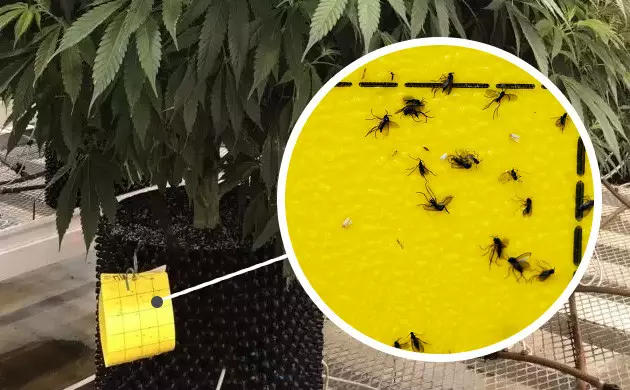
Yellow sticky traps are a common fungus gnat trapper that’s cost-effective and easy to implement. The double-sided and extra sticky paper is tied to the bottom base of the plant, catching gnats as they jump into it. This method alone won’t completely rid you of a fungus gnat infestation, but it will help gauge the number of gnats you’ve eradicated and if the infestation continues. Keep the yellow sticky traps on your plant until the end of the plant’s lifecycle or until the fungus gnats are fully controlled.
Step Three: Apply Or Implement Anti-Gnat Solutions
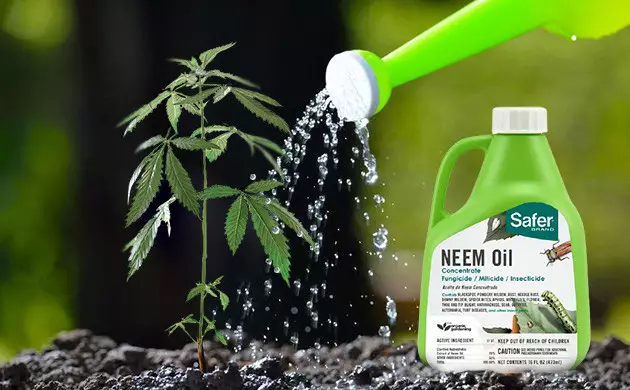
As a final act against fungus gnats, weed plants can be treated with a few additional measures.
- If you’ve been thinking about whether neem oil kills fungus gnats, the answer is yes! Fungus gnats can be treated with neem oil as a natural anti-gnat solution. Simply dilute the oil according to manufacturer’s instruction, and generously water the soil with this solution (until it comes out at the base of the pot) to treat the larvae underneath.
- Another great solution for eradicating the larvae of fungus gnats is hydrogen peroxide. Mix 1 part of it with 4 parts water and drench the soil similarly to the neem oil drench method.
- If you want to use simple household items to effectively eradicate fungus gnats, cinnamon is another effective pesticide. Simply sprinkle it over the top of the soil to create a visible layer of cinnamon, and fungus gnats won’t survive.
- Adding diatomaceous earth to the top of the soil is also deadly for fungus gnats. The fine powder is a natural way to eliminate the pests without hurting your plant’s health.
Preventing Fungus Gnats
To ensure your operation remains fungus gnat-free, there are a few practices you can implement to prevent the pests from returning.
Reduce your watering frequency
Allow your soil to dry out before watering. A simple way of verifying this is the ‘lifting test’ of the container to check the weight of the soil.
Use a soil covering
Since fungus gnats live and breed in the soil, covering the top layer with perlite, sand, or gravel can prevent the pests from making it a home.
Choose a new medium
If fungus gnats keep appearing no matter what prevention method you use, it might be time to choose a new medium or soil. Hydroponics, coco mixes, or those with perlite are less prone to infestations.
Make Your Cannabis Fungus Gnats-Free
Now that you’ve learned everything you need to know about fungus gnats weed-wise, you can tackle infestations confidently. Even better, you can implement the proper precautions to avoid them altogether. Either way, fungus gnats are a highly treatable and preventable pest that can be easily avoided using our simple tips and information.
Herbies Head Shop expressly refuses to support the use, production, or supply of illegal substances. For more details read our Legal Disclaimer.
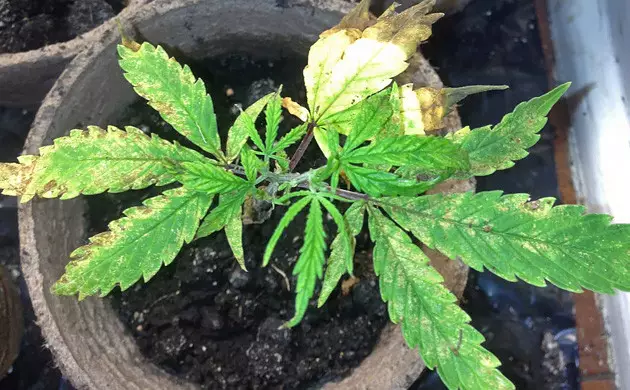
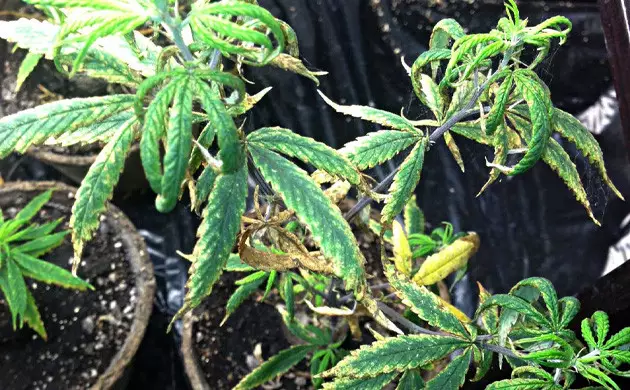
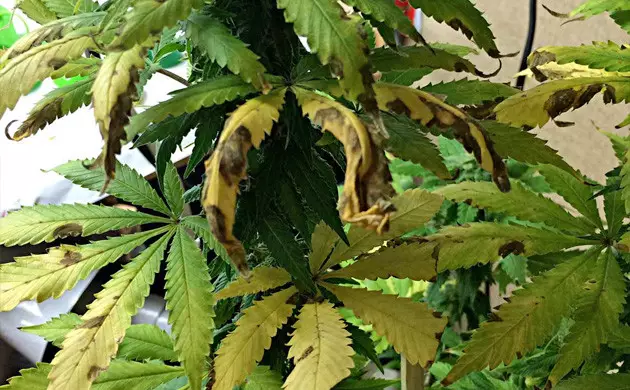
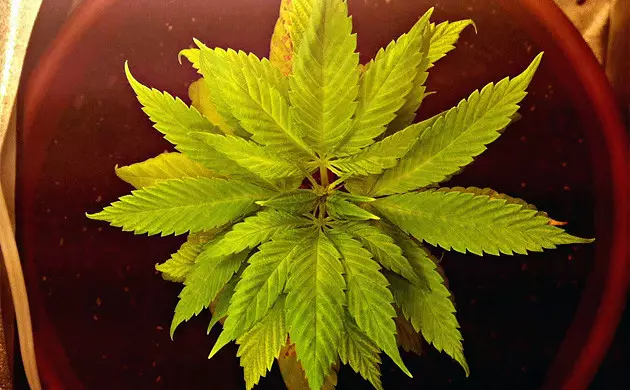




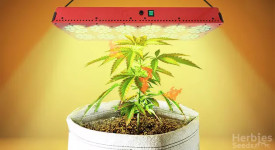

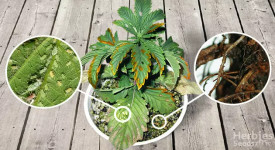

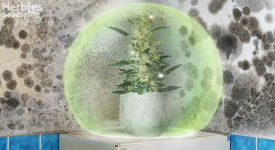
Thank you for leaving a comment for us!
Your feedback will be posted shortly after our moderator checks it.
Please note that we don’t publish reviews that: